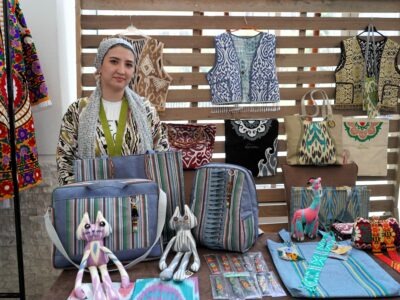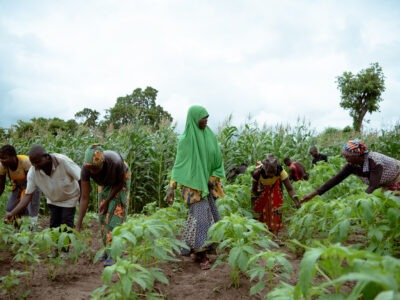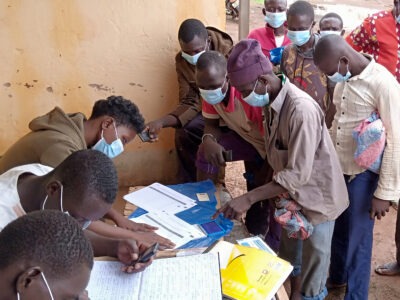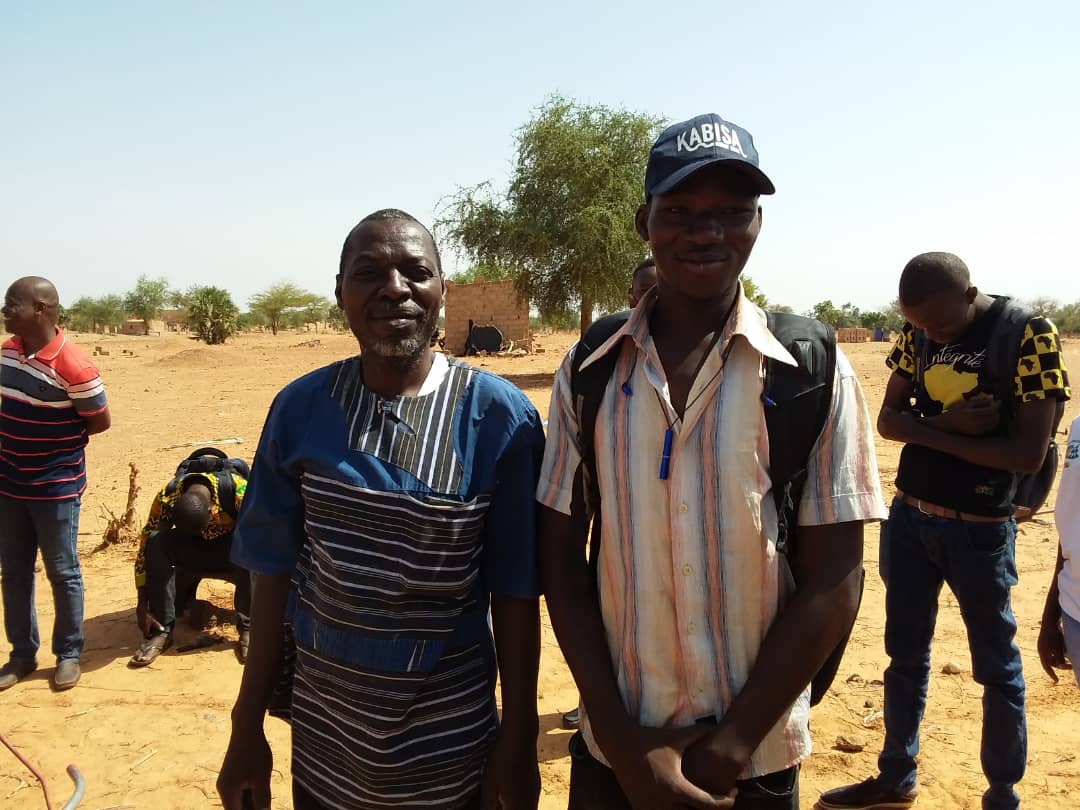
The USAID-funded Victory Against Malnutrition Plus (ViMPlus) Activity recently held a multiple-phase training on the different production techniques for cowpea and sorghum in the Kaya commune of Burkina Faso’s Centre-Nord Region. The practical phase consisted of two separate trainings conducted in early June for an audience of 30 men and 13 women. These participants learned about the importance of raking seed lines, digging furrows, and fertilizing and filling those furrows as well as the most efficient and successful phytosanitary methods. Because of the state of degradation of the soil in the Centre Nord Region, the ViMPlus Activity embedded conservation agriculture principles into the trainings. These trainings covered production techniques requiring minimal tilling of the soil, which is beneficial for both the environment and farmers alike.
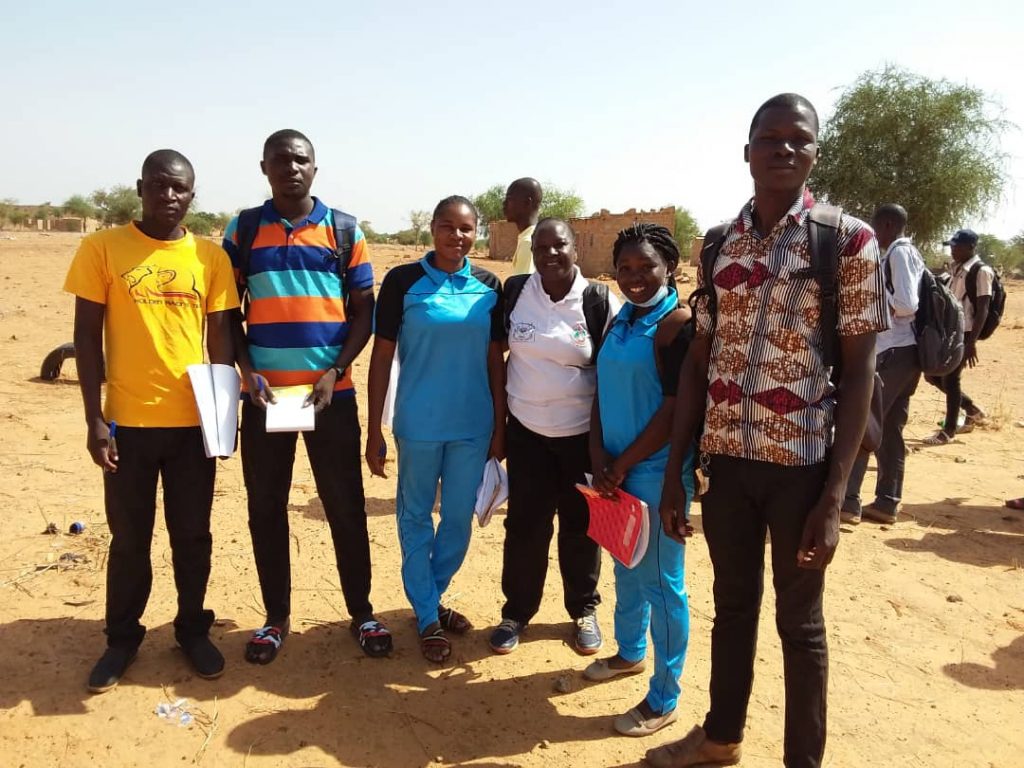
LIP agents and participants of the multi-phase training. 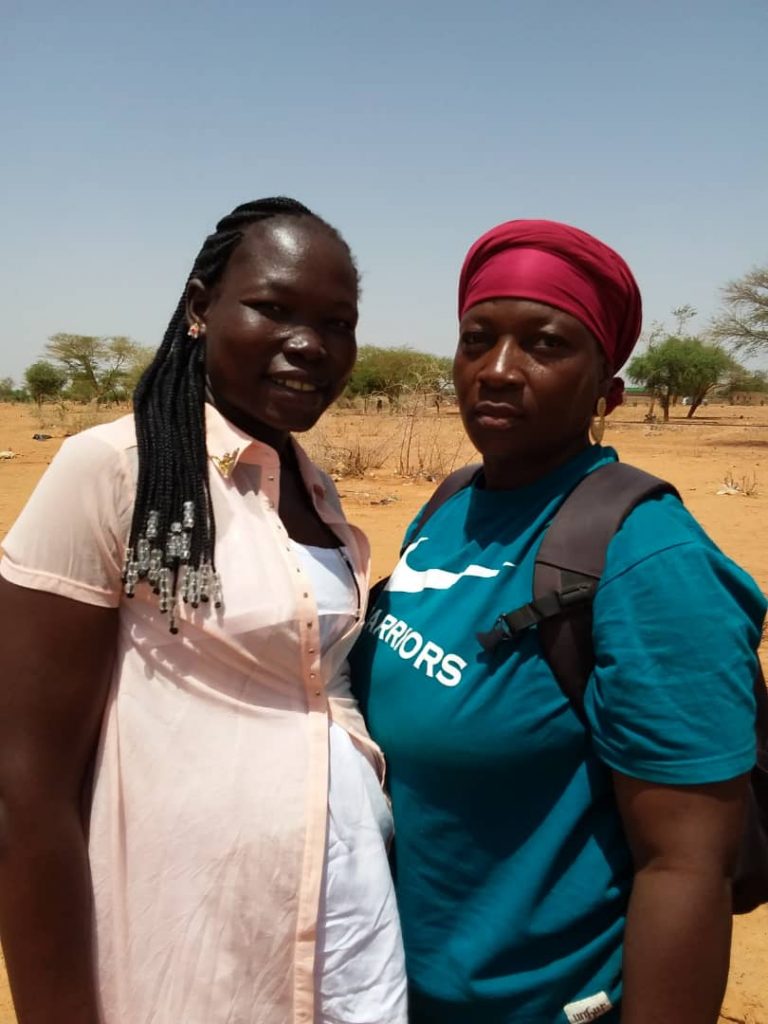
Participants of the multi-phase training. 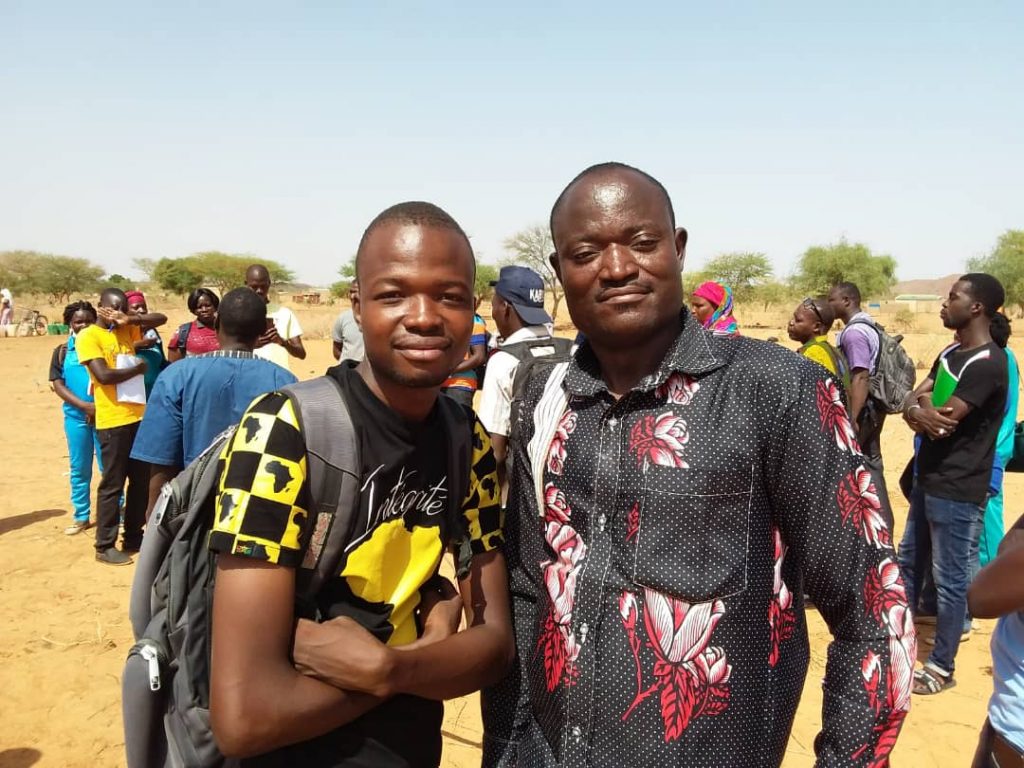
Participants of the multi-phase training.
The first training, which focused on soil preparation for both the cowpea and sorghum crops, started with a session on raking seed lines in the ground using a multipurpose raking machine. The participants were each given a chance to use these raking machines and practiced multiple times how to properly indent seed lines into the soil. Once the seed lines were clearly visible in the ground, the next session on plowing and making furrows began. The training participants were shown the best way to follow the seed lines, open the soil, and create rows using an animal-drawn plow. Each participant took turns leading the animal through the furrows and holding the plow steady and in line. Once the furrows were completed, they learned the best method to evenly apply organic manure throughout the newly made indentations.
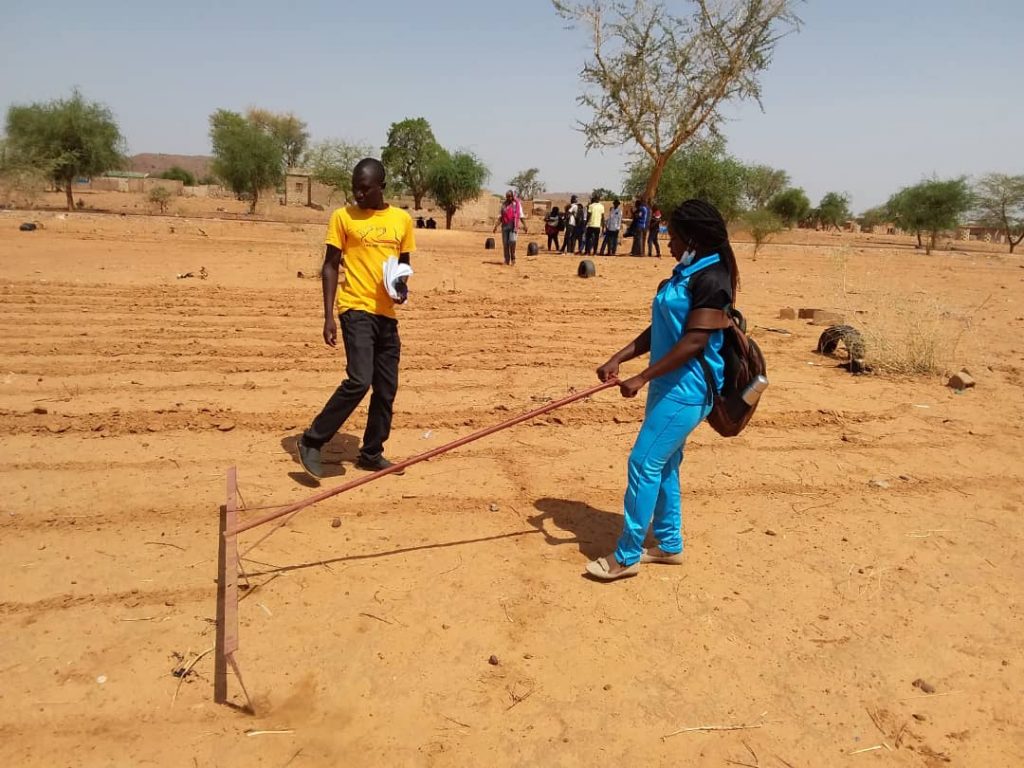
Participant using a rake to indent seed lines into the soil. 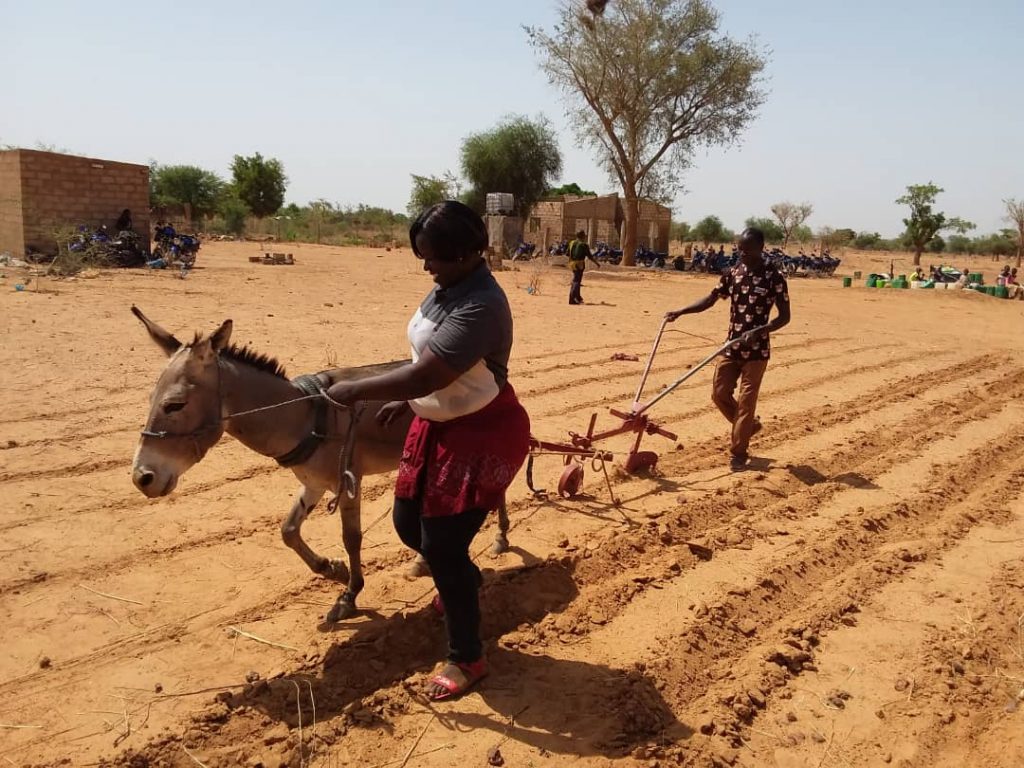
Participants creating furrows in the soil with an animal-drawn plow. 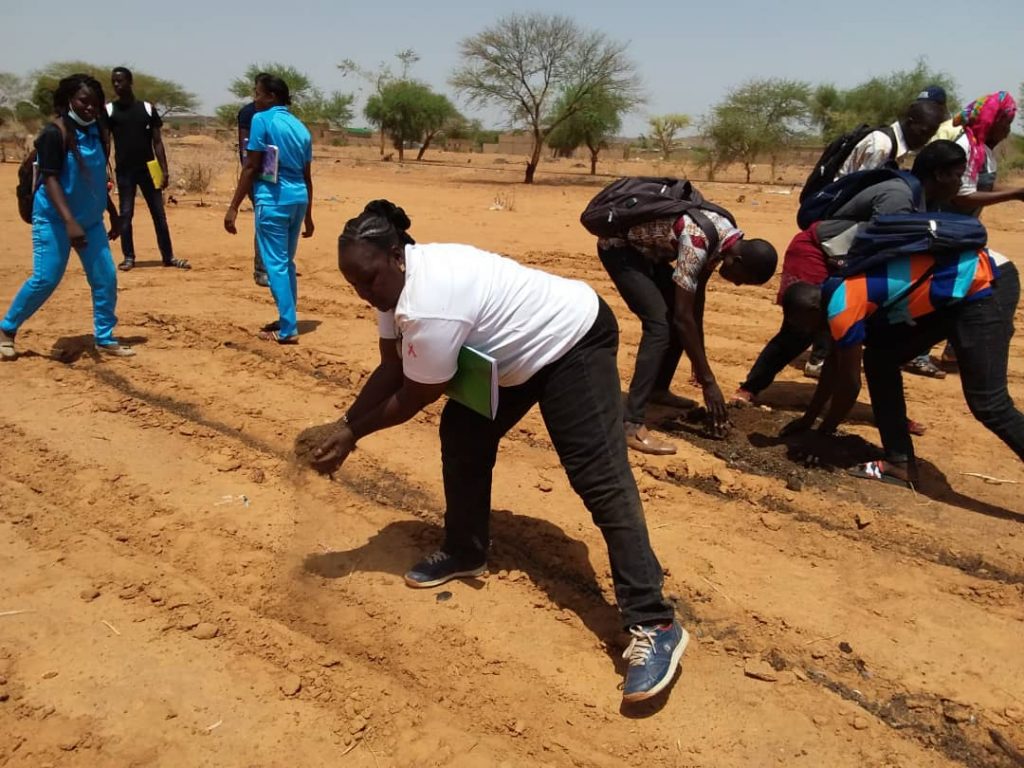
Participants filling the newly-made furrows with organic manure.
After the soil was sufficiently prepared, the second training on phytosanitary treatment of cowpea crops began. This training was split into two sessions. The first session described the pressure sprayer used to disperse the treatment — its different parts and functions — and the best method for adjusting its flow rate. The second session taught participants the most efficient way to apply the treatment, with an emphasis on wind direction. Overall, these two practical trainings were effective in imparting production knowledge and skills to the participants and will continue to be helpful in the future cultivation of cowpea and sorghum in the Centre-Nord Region.
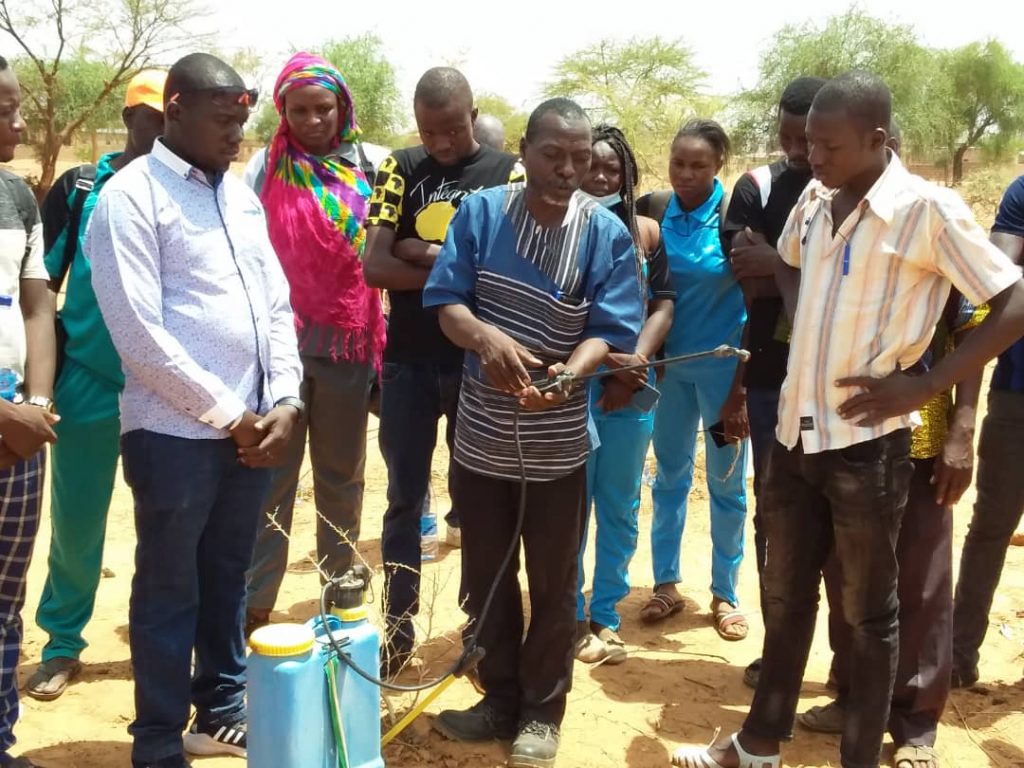
A training leader shows the different parts and functions of the pressure sprayer. 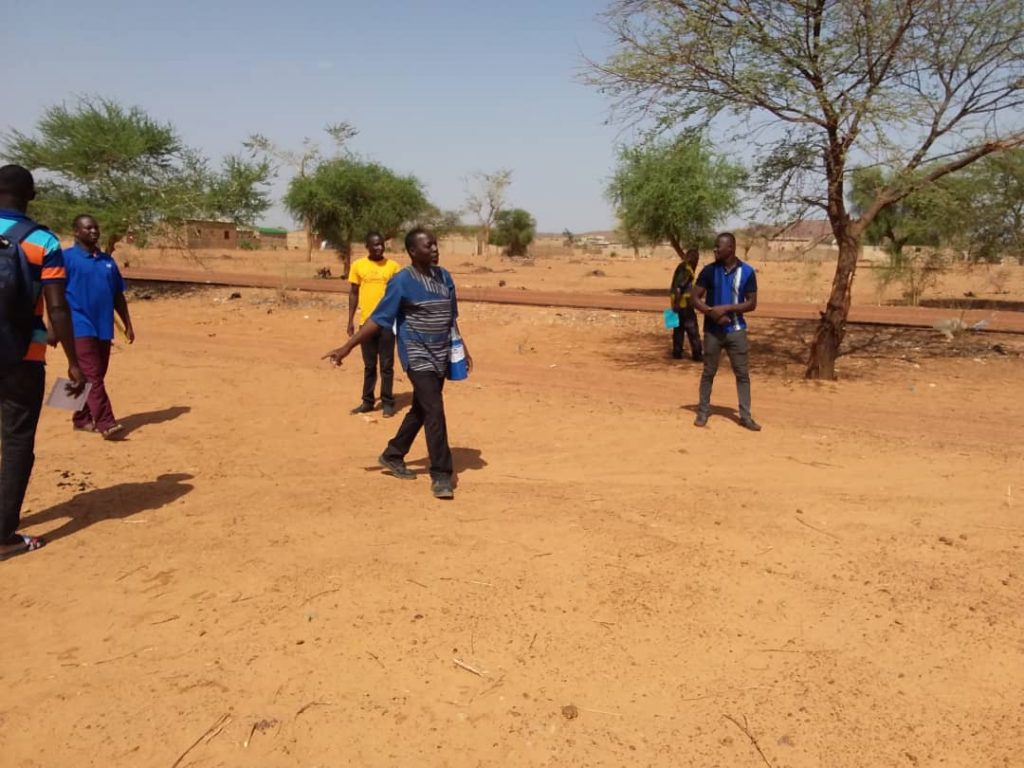
A training leader explains the impact of wind direction during treatment application. 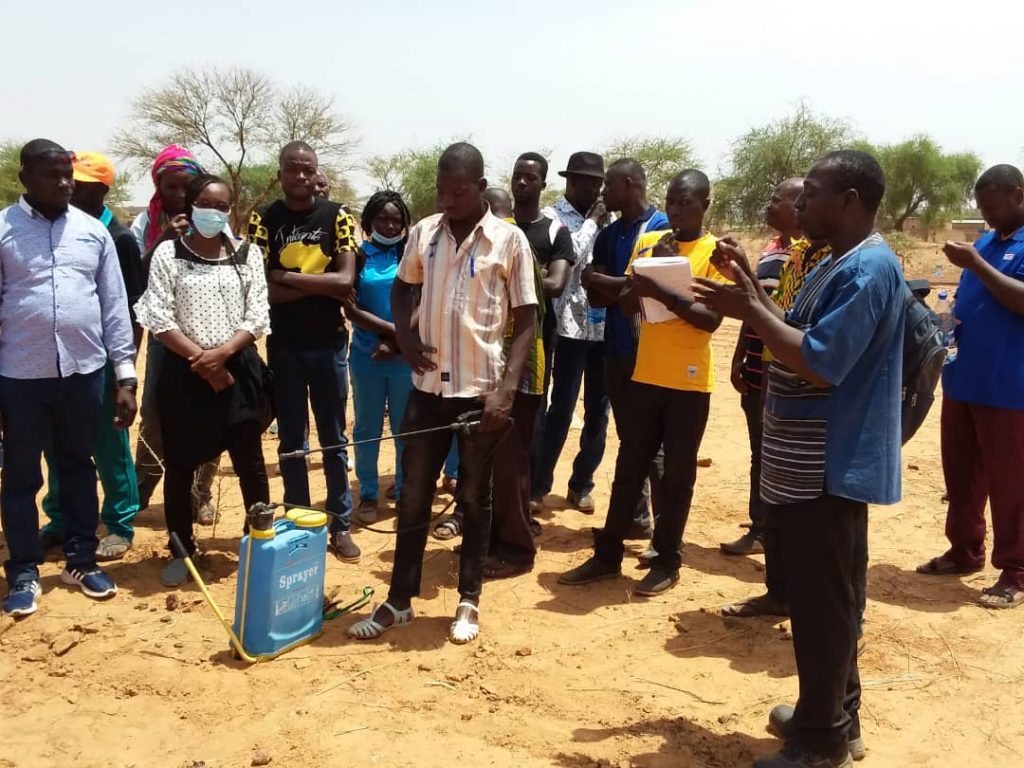
Training participant testing out the pressure sprayer.

